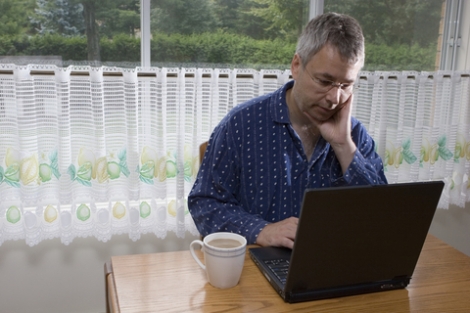
The picture above is the Green Island Bridge between Green Island and Troy
Trains in Troy operated over the Troy Union Railroad (TURR)
Congestion in Troy, New York led to the formation of the Troy Union Railroad in 1851, owned jointly by four roads. It opened in 1854. One of the lines was eventually bought by the D&H RR (Rensselaer & Saratoga RR), two were merged into the New York Central RR (Troy & Schenectady RR and the Troy & Greenbush RR),
and the fourth became part of the Boston & Maine RR (Troy & Boston RR).
In other major cities, early 1900’s grade crossing elimination programs rebuilt the right-of-way above or below the streets. Similar plans were drawn up for Troy, but never were built. Numerous streets required a gate guard, to flag the crossing or drop the gates. The track ran part of the way in the pavement of Sixth Avenue, and steam road locomotives inched their way past parked cars. This looked like industrial trackage but was a passenger main.
Around 1959 D&H and NYC wanted to run the Boston & Maine into Albany, but they couldn’t make an agreement with the operating brotherhoods to allow B&M crews to run to Albany. It wouldn’t work out if a D&H crew had to take the train over that distance. The B&M wasn’t about to put any more money into maintaining that service west of Fitchburg, and this was another good reason for them to dump it. Either way, the B&M would have had to either run via Troy Union Railroad to the NYC at Madison Street or to the D&H via the Green Island Bridge, and they would have still needed most of the TURR with all of its crossings, and the Green Island Bridge. A route via Mechanicville would not have worked, either. All three railroads wanted to be shed of the entire TURR, not only the station, and the best way to get regulatory approval was to let the expenses pile up and then dump the whole thing.
Efforts to discontinue trains to downtown Troy, abandon the Troy Union Railroad, and cut the high costs to New York Central, Delaware & Hudson and Boston & Maine were hampered by the “Rutland Milk“. The Rutland Milk took a winding route through northern NY State and Vermont, then was delivered to the NY Central Harlem Division at Chatham for delivery to NY City. The last run over the Rutland’s “Corkscrew” division to Chatham was in May, 1953 (they had no other business on that line). After the “corkscrew” was shut down, Rutland Milk ran via B&M & NYC using trackage rights from Troy and Rensselaer to Chatham. The Rutland had no ownership in the Troy Union Railroad – they operated as B&M trains between White Creek and Troy. In 1959-1960, tracks in downtown Troy were torn up except one for the “Rutland Milk” . This track came out in 1964, after abandonment of the Rutland.
The tunnel for the tracks was between Congress and Ferry Streets.
Join a group devoted to the Troy & Schenectady Railroad http://finance.groups.yahoo.com/group/T_SRR/
The Troy and Schenectady Railroad: What If It Still Existed Today?








 Brief history of a railroad to a mine in the middle of New York State’s Adirondack Park. Part of the railroad (Saratoga Springs to North Creek) is a tourist line with dinner trains and ski trains. Will the last section to the mine come back to life?
Brief history of a railroad to a mine in the middle of New York State’s Adirondack Park. Part of the railroad (Saratoga Springs to North Creek) is a tourist line with dinner trains and ski trains. Will the last section to the mine come back to life?
